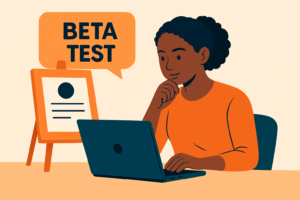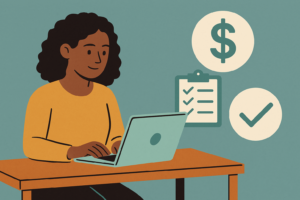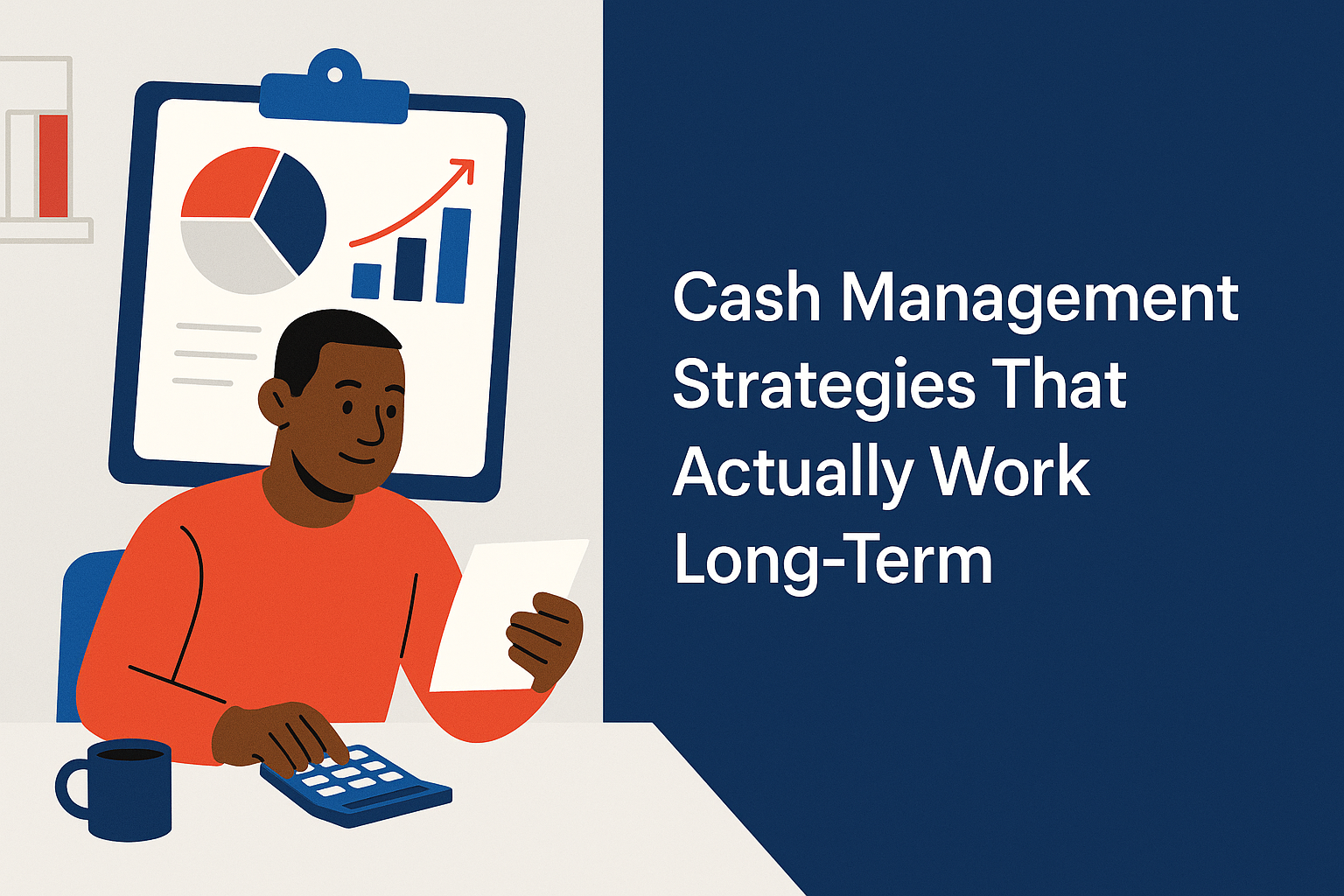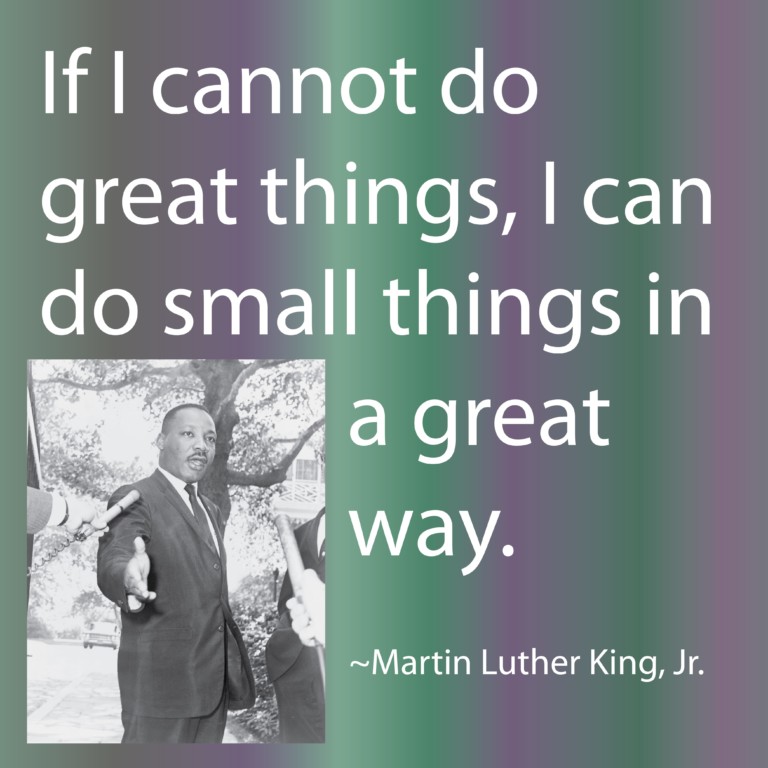If you’ve ever Googled how to start your own company with no money, you probably already know how many fluffy or oversimplified answers are out there. But here’s the truth: starting a business without capital is possible—but it’s not effortless. It takes creativity, strategy, and a willingness to trade time, energy, or skills in place of dollars.
A Look at 7 Resourceful Tips That Actually Work
When I first started out, I didn’t have startup capital either. No investors. No trust fund. No pile of savings to burn through. What I had was a laptop, an internet connection, and a deep desire to stop depending on a paycheck to define my future. That foundation—along with some clever use of free tools and automation—was all I needed to get going.
Here’s what actually works when you want to start your own company with no money.
1. Start with What You Know and What You Can Offer

Forget about flashy ideas that require inventory, equipment, or a fancy storefront. If you’re figuring out how to start your own company with no money, the best thing you can do is begin with what you already know. You don’t need a revolutionary idea—just a skill people find valuable and a way to deliver it professionally. Ask yourself: What skill or knowledge do I already have that other people would pay for? That’s where your zero-dollar business begins.
When I got laid off unexpectedly, I wasn’t prepared financially. I hadn’t built a safety net, and suddenly, I had no paycheck to fall back on. What I did have was a website I’d already been using to share free business advice, plus a solid set of skills—from building websites to teaching Microsoft Office tools like Excel, and coaching people on how to start a business.
Action Step: List 3–5 things you already know how to do well. Then, think of how those skills can be packaged into a service people would pay for now.
2. Use Free Tools to Build a Professional Presence

While you technically can start your own company with no money and skip the website, I chose to invest in one from the beginning. It was the one expense I prioritized, even though I’d just been laid off and had no backup savings. I saw my website as more than just a digital placeholder—it was a hub for my knowledge, services, and future automation.
That said, if you’re researching how to start your own company with no money, you do have options. Many platforms offer free website builders, domain alternatives, and starter tools that don’t cost anything unless you choose to upgrade.
I started with a paid WordPress.org site, but I used free tools to support everything else:
MailerLite for email marketing
Calendly for appointment scheduling
Canva to design lead magnets and branded content
As I grew, I experimented with HubSpot’s free CRM, and eventually transitioned to Zoho One once I was ready to scale. The key is to start lean and only invest when it directly supports revenue or saves time.
Optional (but valuable) tools for zero-budget setups:
WordPress.com, Carrd, or Systeme.io – Free website options if you’re not ready to buy a domain
Mailchimp (Free Tiers) – Email marketing
Zoho Free CRM or HubSpot CRM (Free) – Contact and pipeline management
TidyCal – Free appointment scheduling
Google Workspace – Docs, Sheets, and Forms for backend admin
You don’t need a perfect tech stack. You just need one that works right now. Focus on tools that help you serve, get paid, and stay organized. You can upgrade later.
3. Validate the Idea Before You Build It Out

One of the most empowering lessons when learning how to start your own company with no money is this: you don’t need to perfect your offer before you put it out into the world. In fact, waiting until everything is “just right” often leads to delay and burnout.
I didn’t wait for perfection with my first toolkit. I mapped out what it would include, created a mockup in Canva, and shared it as a beta tester opportunity. The goal wasn’t to have a polished final product—it was to get it into people’s hands early and let real feedback guide how I improved it.
Sometimes, we get so caught up in perfecting the product that we forget it’s the users who determine what’s valuable. When you release a beta version, you open the door to collaboration: your early audience becomes part of shaping the final offer—and they’re more likely to stick around when they’ve had a say in its creation.
Tip: Focus on a Minimum Viable Product (MVP) and test it with real people. Create a simple waitlist, run a preview workshop, or offer “Founding Member” pricing to those who want early access in exchange for feedback.
4. Leverage Social Media Strategically

Don’t try to be everywhere at once. When you’re trying to start your own company with no money, it’s smarter to focus your energy on one platform—especially one that feels natural to you. For me, that platform was Facebook. It was familiar, easy to navigate, and already part of my routine.
I didn’t have a huge audience, but I showed up consistently—sharing tips, resources, and pieces of my journey. I found that the more I posted, the more visible I became. Over time, that visibility laid the groundwork for credibility. Familiarity breeds trust—and trust leads to conversions.
I also used automation tools like Jetpack Social to automate my blog post shares across platforms, which helps me maintain a presence even when life gets busy.
Pro Tip: You don’t need to go viral. You just need to be seen, regularly, by the right people. Show up, share value, and let your consistency do the heavy lifting.
Action item: Pick 1–2 platforms and build visibility through tips, tutorials, or behind-the-scenes content. Good beginner choices: Facebook (for trust-building), Instagram (for visuals), TikTok (for fast exposure), LinkedIn (for service-based or B2B offers)
5. Trade Time, Not Money

When you don’t have capital, you have to rely on what you do have: time, expertise, and resourcefulness. If you’re serious about learning how to start your own company with no money, this is where you gain traction—by trading to build.
In the early days, I didn’t have extra cash—but I had valuable skills. I traded website design and business consulting for other services I needed to move forward. Not every trade worked out perfectly, but some helped fill key gaps I couldn’t afford to pay for at the time. And while I was still building out systems, I spent plenty of late nights manually testing and tweaking workflows until they clicked.
There are two powerful ways to trade when you’re bootstrapping:
Trade Time for Money (Freelance & Hustle Mode)
Offer what you know now to earn what you need later. This isn’t your forever setup—it’s your startup mode. You’re generating income with your time, then reinvesting it into tools, resources, or relief.
Examples:
Freelance services (writing, admin, tech setup)
Teaching (Excel, business planning, Canva, MS Office)
Coaching or consulting in your area of expertise
Creating digital products you can sell repeatedly
The key is to keep your energy focused on income-producing activities that you can systematize later.
Barter for What You Don’t Have
If you need something and can’t afford it, barter. Trade your skills for services, tools, or support that move your business forward. I’ve done this with people locally and online—some successful, others not—but the experience was always instructive.
Where to trade:
Peer-to-peer bartering in your network
Facebook groups with service providers
Time banks (trading hours instead of dollars)
Tip: Know the value of your service when bartering, and treat it with the same professionalism as paid work.
Important: Bartered services are taxable. Be sure to track what you receive and report it as income per IRS guidelines.
Bartering and time-trading let you start strong without financial investment. When paired with automation and systems, they become the bridge between “getting started” and building something sustainable.
6. Spread the Word Without Spending a Dime

Just because you don’t have a marketing budget doesn’t mean you can’t promote your business effectively. When you’re focused on how to start your own company with no money, visibility is everything. The more people know what you do, the more opportunities come your way.
Try these free or low-cost options:
Word of Mouth: Tell everyone you know—friends, neighbors, former coworkers, online communities. Ask them to refer others.
Local Boards: Post flyers or business cards at community centers, libraries, and local coffee shops.
Online Marketplaces: List products or services on platforms like:
Angie’s List (now Angi)
Craigslist
Facebook Marketplace
Etsy, Amazon, or eBay (for physical/digital goods)
Pro Tip: Make it easy for others to share your business—give them the words, images, or links to do so.
7. Use Smart Business Models That Bring in Money Early

When you’re starting with no savings or outside funding, the way you structure your offer can make all the difference. Smart business models allow you to get paid before doing all the work—giving you the breathing room to deliver quality without going broke in the process.
When I got laid off, I didn’t have the luxury of capital. My priority was keeping my household afloat. What I did have was experience—skills I’d gained from previous jobs and side projects. So I focused on offering services that aligned with what I already knew: business coaching, Microsoft Office training, and website setup.
To protect myself financially, I required a deposit upfront for every project. That small but strategic decision helped me cover essential expenses like training materials, website hosting, business cards, and other startup needs—without dipping into money I didn’t have.
If you’re wondering how to start your own company with no money, consider one of these flexible, cash-friendly models:
Smart Startup-Friendly Payment Structures:
Deposit-first models: Request 25%–50% upfront before starting a service. It shows commitment and gives you capital to move forward.
Pre-orders / Waitlists: Sell early access to a product, course, or workshop before it’s fully built. Use the revenue to fund development.
Milestone-based billing: Break large projects into phases and invoice at checkpoints, so you’re not stuck doing weeks of work without pay.
These models don’t just help you survive—they help you build trust and structure early. Getting paid up front isn’t just smart—it’s empowering.
BONUS #1. Think Creatively and Ask Better Questions
When money is tight, creativity becomes your greatest asset. Instead of saying, “I can’t afford it,” train yourself to ask, “How can I make it work?”
Can I do it differently?
Can I simplify it?
Can I collaborate or co-create
Brainstorm solo or with friends. When I felt stuck, some of my best breakthroughs came from talking through roadblocks with others.
Bonus #2. Legal & Strategic Considerations (Don’t Skip This)
Just because you’re starting with no money doesn’t mean you should skip the legal and strategic foundations. Here’s what you need to think about:
Register your business: Even hobbies are treated as businesses if you’re selling your products and services. Check with your state and locality for rules and regulations.
Avoid conflicts of interest: Be mindful if you’re offering services similar to your current employer’s. This can create ethical and even legal issues.
Know your market: Sell where your customers are, rather than among people offering the same thing.
Bonus #3. Automate and Document from Day One
The number one mistake I see among people who want to start their own company with no money? They try to do everything manually. That gets you burned out fast.
Even when I was bootstrapping, I made it a point to automate everything I could—email replies, delivery of digital downloads, follow-ups. I also documented what I did so I could outsource it later.
I used tools like:
Zoho Forms for intake and lead assessments
WooCommerce + free add-ons for product delivery
Zoho Flow for connecting apps
Google Sheets to track everything
Final Thoughts: How to Start Your Own Company with No Money Is About Strategy, Not Sacrifice
You don’t need thousands of dollars to start your own company—you need a plan, a purpose, and a process. Starting from zero taught me how to be resourceful, lean, and focused. And once I had my first sale, I reinvested into tools that made the next steps easier.
So yes—starting a company with no money is absolutely possible. And you don’t have to do it alone.
Want help figuring out your path?
Start with my Business Launch Assessment and get a personalized roadmap based on where you are now:
👉 Take the Assessment
Or jump into the exact framework I used to build a scalable business from scratch:
🎯 Join the 31-Day Business Startup Challenge




